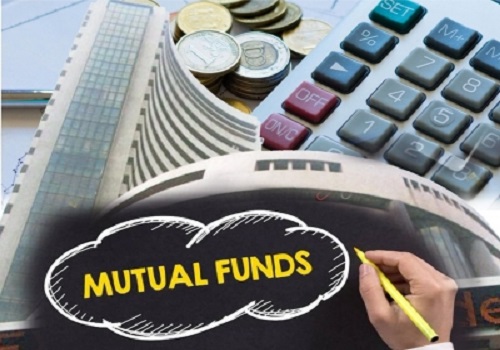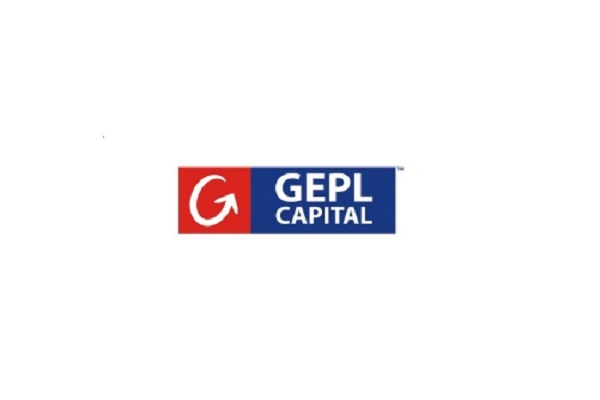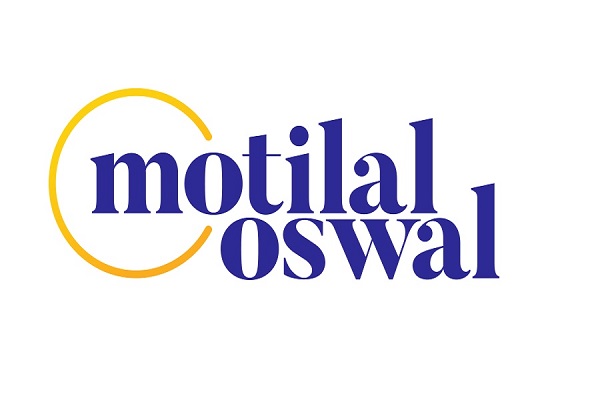Monthly Gold Outlook for August 2022 By Chirag Mehta & Ghazal Jain, Quantum AMC

Below is the Gold Outlook - August 2022 by Chirag Mehta, CIO & Ghazal Jain, Fund Manager- alternative Investment, Quantum AMC.
The second half of 2022 got off to a not-so-great start. Volatility continued in asset markets as investors reacted to mixed economic data and attempted to guess the trajectory of inflation, growth, and the Fed’s policy. International gold prices fell below $1,800 an ounce to mid-$1,700 levels in the first two weeks of the month as a stronger dollar created headwinds for the metal. The dollar was buoyed to near two-decade highs due to the aggressive monetary tightening by the Fed compared to its peers in Europe and other regions. Interest rate hikes shot up the US bond yields, making it attractive for investors to lock in the higher interest rates. This led to the DXY going past 109 levels during mid-July.

Gold prices remained above $1,700 for most of the month, except for a short stint below the threshold, as the greenback moderated. The yellow metal then moved up at the very end of the month on the back of a not as hawkish as feared Fed policy announcemen
Past performance may or may not be sustained in the future.
but still ended the month 2.3% lower. Domestic gold prices, aided by a depreciating rupee, ended the month higher by 1.5%.
As anticipated, the Federal Reserve raised its policy Fed Funds rate by 75 basis points taking it up to a range of 2.25%-2.50%. This was a continuation of its aggressive price-fighting stance, after a similar super-sized hike just last month, but was perceived as positive by markets that were expecting a larger hike given the sustained high inflation prints. The Federal Reserve indicated less hawkishness compared to the earlier aggressive stand on the tightening. While there will still be rate hikes in the future, the quantum of hikes would now be data-dependent given the uncertainty in the economy. The aggressive rate hikes have already slowed down the economy as seen in some of the indicators. Now the key question is whether the slowdown is temporary or a sustained one. The primary challenge for central banks is to curb inflation without causing degrowth.
Inflation expectations have also tapered in the past few weeks. 5-year breakeven inflation rate, as captured by the spread between nominal and inflation-indexed 5-year U.S. Treasury securities, is currently at 2.67%, down from the midJune peak of 3.5. While expectations have cooled off, the readings need to come down materially. Inflation in the U.S. jumped to another four-decade high of 9.1% in June. It also rose to multidecade highs of 9.4% in the United Kingdom

Past performance may or may not be sustained in the future
and 8.6% in the Euro area in June. It would be important to see the inflation readings in the coming months. While the CRB commodity index has corrected 12% from mid-June, it is still up 25% YTD. On the other hand, oil prices are still hovering above $100/barrel because of the tightness in the energy markets.
The robust job market in the US has cooled off in recent weeks. The number of Americans filing new claims for unemployment benefits has been steadily inching up since April with the number coming in at 256,000 for the week that ended July 23rd . The housing market, which is a key indicator of the health of the economy, is showing signs of a slowdown as affordability is hurt amid rising borrowing costs and material prices. New home sales in the United States fell 8.1% from a month earlier to 590,000 in June of 2022, the lowest since April 2020. Additionally, the yield curve, which is the spread between 10Y-2Y nominal yields, is inverted and is at its lowest point since 2000. Historically, a recession has followed a yield curve inversion each time within 6 to 18 months. In fact, the U.S. economy technically entered a recession by shrinking an annualized 0.9% in the quarter ending June 2022, following a 1.6% drop in the March quarter. All these indicators are increasingly pointing towards an economic slowdown. The IMF, in its World Economic Update July 2022, revised global growth estimates downwards to 3.2% in 2022 and 2.9% in 2023, 0.4 % and 0.7% lower respectively than projected in April 2022.
The big question now is: Is it possible that evidence of a slowing economy is weighing on the Federal Reserve and the biggest rate hikes of this cycle are behind us? Investors currently see a 50 basis-point hike as the most likely outcome at the September meeting, according to pricing in interest-rate futures contracts. We believe that going forward the Fed will tighten less aggressively and try to support growth as much as they can, given the inflationary pressures are starting to subside. This bodes well for gold prices. However, there are still downside risks to our view. There is a possibility that the Russia-Ukraine war will continue to put upward pressure on oil and gas prices, especially during the winters. This could result in higher inflation that would put the Federal Reserve in a fix. However, it is highly likely that Fed will not tolerate any negative impact on growth and may go soft on the tightening. In fact, the futures markets are implying rate cuts in 2023. This will create tailwinds for gold again leading to repricing on the upside.
That said, given the tremendous macro-economic uncertainties that plague the future, it would be better to allocate to portfolio diversifiers like gold and use the current consolidation in gold by accumulating systematically to build one’s allocation. Gold should prove a better allocation if inflation persists, geopolitical tensions escalate or if broad based slow down manifests leading central banks to resort to their usual policy response of adding liquidity and cutting rates, thereby effectively be geared to reduce portfolio volatility.
To Read Complete Report & Disclaimer Click Here
Above views are of the author and not of the website kindly read disclaimer










Tag News
More News

CAI Revises Cotton Output, Consumption Estimates for 2024-25 by Amit Gupta, Kedia Advisory









